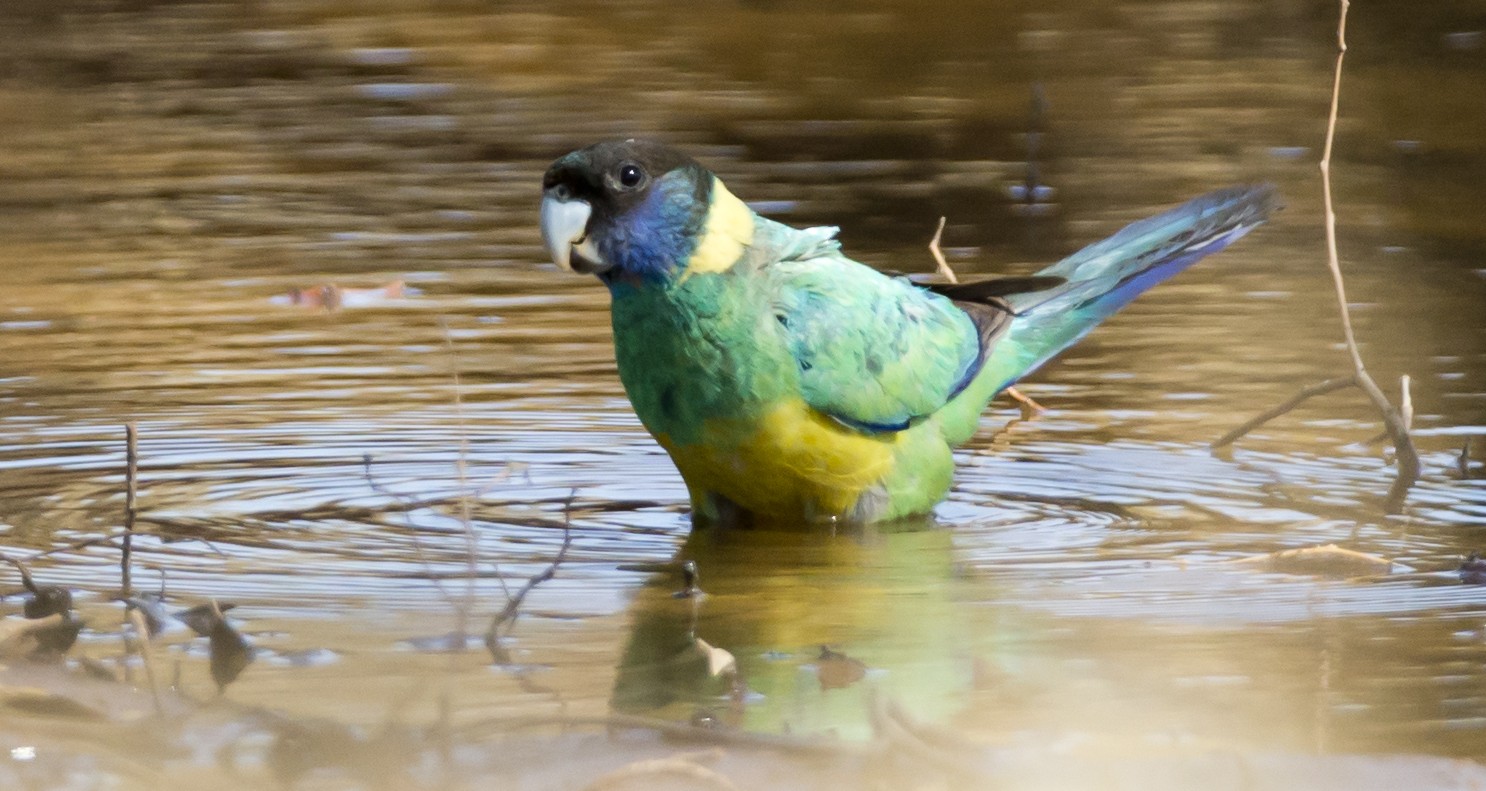Australian Ringneck
A species of Australian Ringneck, Also known as Ringneck Parrot Scientific name : Barnardius zonarius Genus : Australian Ringneck
Australian Ringneck, A species of Australian Ringneck
Also known as:
Ringneck Parrot
Botanical name: Barnardius zonarius
Genus: Australian Ringneck
Content
Description People often ask General Info
 Photo By Jim Bendon , used under CC-BY-SA-2.0 /Cropped and compressed from original
Photo By Jim Bendon , used under CC-BY-SA-2.0 /Cropped and compressed from original Description
The subspecies of the Australian ringneck differ considerably in colouration. It is a medium size species around 33 cm (11 in) long. The basic colour is green, and all four subspecies have the characteristic yellow ring around the hindneck; wings and tail are a mixture of green and blue. The B. z. zonarius and B. z. semitorquatus subspecies have a dull black head; back, rump and wings are brilliant green; throat and breast bluish-green. The difference between these two subspecies is that B. z. zonarius has a yellow abdomen while B. z. semitorquatus has a green abdomen; the latter has also a prominent crimson frontal band that the former lacks (the intermediate shown in the box has characteristics of both subspecies). The two other subspecies differ from these subspecies by the bright green crown and nape and blush cheek-patches. The underparts of B. z. barnardi are turquoise-green with an irregular orange-yellow band across the abdomen; the back and mantle are deep blackish-blue and this subspecies has a prominent red frontal band. The B. z. macgillivrayi is generally pale green, with no red frontal band, and a wide uniform pale yellow band across the abdomen. The calls of the Mallee ringneck and Cloncurry parrot have been described as "ringing", and the calls of the Port Lincoln ringneck and Twenty-eight parrot have been described as "strident". The name of the Twenty-eight is an onomatopoeic derived from its distinctive call, which sounds like "twenty-eight" (or the French equivalent, '"vingt-huit", according to one early description). 
Size
38 cm
Colors
Black
Green
Yellow
Life Expectancy
15-18 years
Nest Placement
Tree
Feeding Habits
Australian Ringneck has a diverse diet, eating fruits, nectar from plants like Eucalyptus, seeds, and grains, including spilled cargo and crops. They forage on ground or in foliage, demonstrating adaptability and opportunistic feeding behaviors.
Habitat
Australian Ringneck primarily occupies a wide range of habitats across broader geographical regions. It thrives in dense coastal forests, expansive wheatbelt farmlands, and various woodlands, including mallee and semi-arid Eucalyptus woodlands. Moreover, australian Ringneck is adaptable to arid scrublands characterized by Acacia or Casuarina vegetation and sparse regions with adequate tree-lined watercourses for nesting. Its preferred habitats extend to open woodlands, Callitris and Acacia scrublands, as well as woodland savannas and riverside forests situated in hilly landscapes.
Dite type
Herbivorous
People often ask
General Info
Feeding Habits
Bird food type
Behavior
The Australian ringneck is active during the day and can be found in eucalypt woodlands and eucalypt-lined watercourses. The species is gregarious and depending on the conditions can be resident or nomadic. In trials of growing hybrid eucalypt trees in dry environments parrots, especially the Port Lincoln parrot, caused severe damage to the crowns of the younger trees during the research period between 2000–3. 
Species Status
Although the species is endemic, the species is considered not threatened, but in Western Australia, the twenty-eight subspecies (B. z. semitorquatus) gets locally displaced by the introduced rainbow lorikeets that aggressively compete for nesting places. The rainbow lorikeet is considered a pest species in Western Australia and is subject to eradication in the wild. In Western Australia, a licence is required to keep or dispose of more than four Port Lincoln ringnecks. All four subspecies are sold in the Canary Islands and in Australia, and they are traded via the CITES convention. The sale of the Cloncurry parrot is restricted in Queensland. The Australian ringneck can suffer from psittacine beak and feather disease, which causes a high nestling mortality rate in captivity. 
Scientific Classification
Phylum
Chordates Class
Birds Order
Parrots Family
Parrots Genus
Australian Ringneck Species
Australian Ringneck